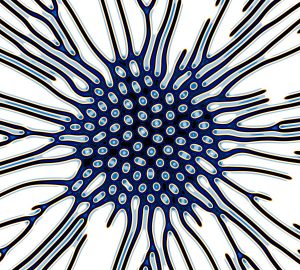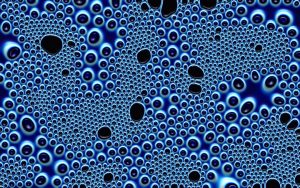Supercodex – Ryoji Ikeda

Japan’s leading electronic composer and visual artist Ryoji Ikeda has adopted a way to produce music using raw datas and mathematic models. Ikeda’s music is concerned primarily with sound in a variety of “raw” states, such as sine tones and noise, often using frequencies at the edges of the range of human hearing. The Supercodex is live exhibition/performance by Ryoji Ikeda, which combines the auditory experience of his music with visual graphics that goes along with the music beats. I attend the Supercodex live performance last year in downtown Pittsburgh. The whole experience is 45 minutes, yet to me it does not seems to be intolerably long as I stand in the live room, listening to this “weird” highly electronic sound. However, it sounds less like music pieces that is fluent and harmonic, instead it was like some different frequency of noises composed meticulously together by the artist. The strong beat patterns and the fast changing black and white graphics brought me to a weird sensation state, where I become synchronize with the music and stop thinking about anything else. I am not sure whats the algorithm that Ikeda used to compose his music. I admired the aspect that Ikeda was able to integrate the mathematic precision and aesthetics into the world of music, and together with computed visuals he creates a incredible sensational experience for the viewers.
![[OLD FALL 2017] 15-104 • Introduction to Computing for Creative Practice](../../../../wp-content/uploads/2020/08/stop-banner.png)




